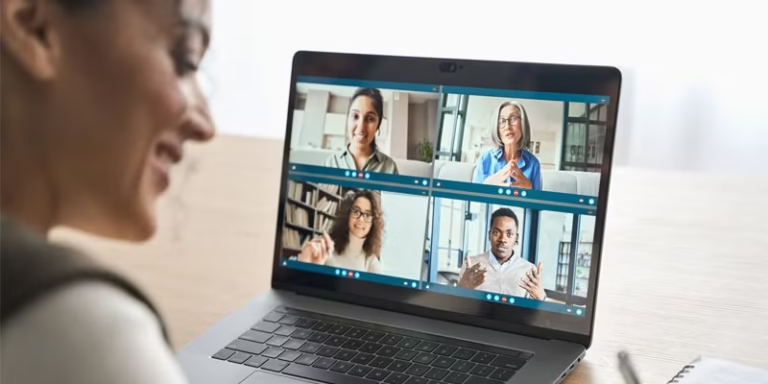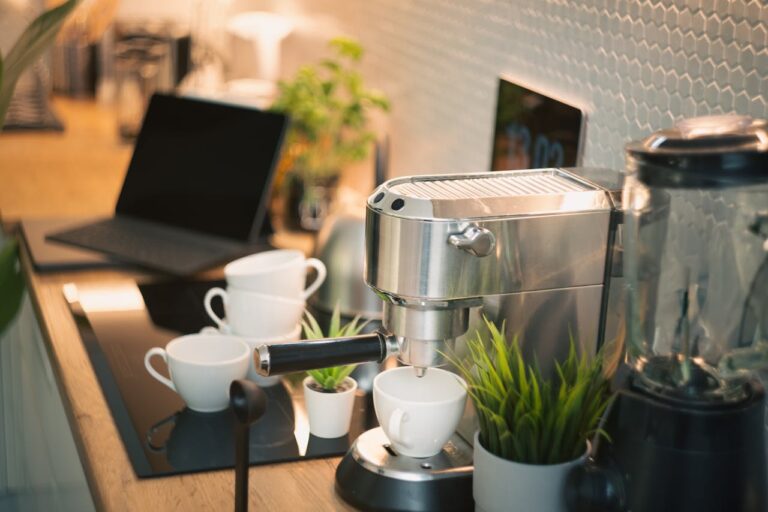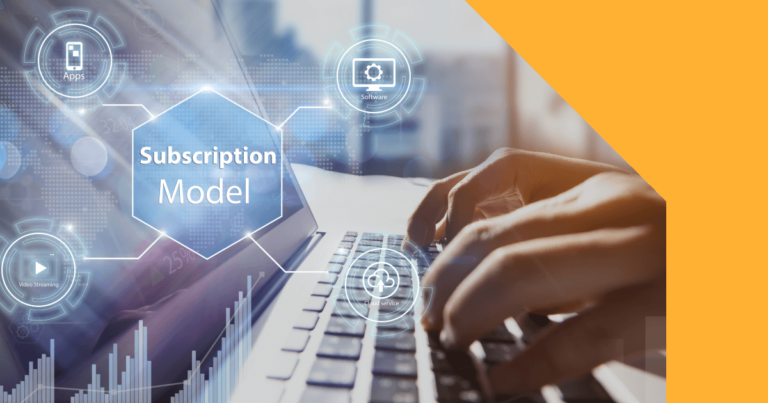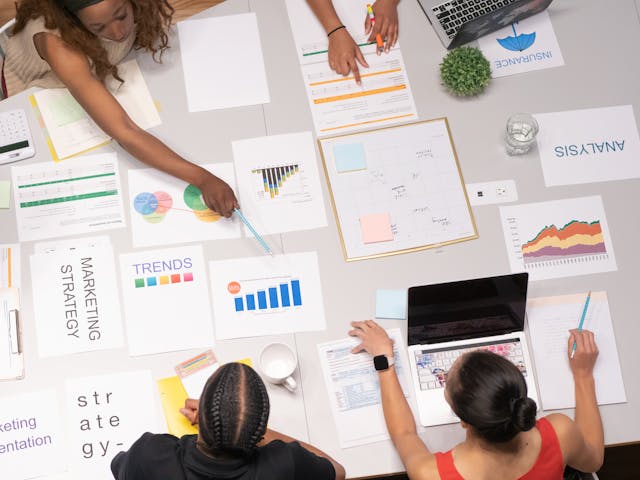Write Us: hello@ali5.org
How to Set Up a Surveillance-Proof Smartphone in 2025
Learn how to set up a surveillance-proof smartphone in 2025. Get practical tips on privacy settings, secure apps, and tools to protect your personal data from prying eyes.
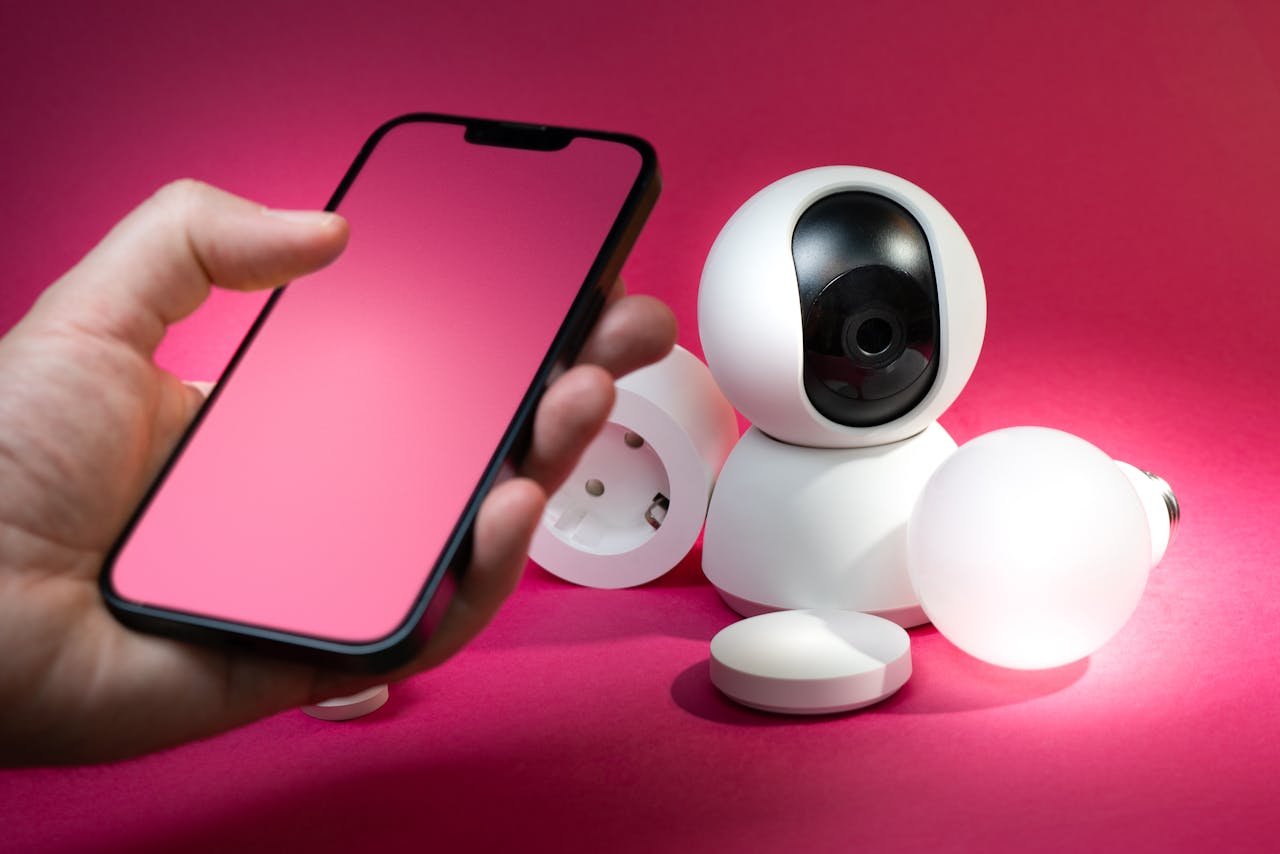
You’re going to be surprised if you think that turning off location services is all it takes to keep your phone private. In 2025, GPS tracking isn’t the only way that people can be watched. Ad networks, apps, your internet service, and even the hardware in your phone can all track you and record what you do and who you talk to.
The good news? Phones can be locked down, which makes them much harder to track or spy on. That being said, nothing digital is ever completely invisible. But you can get close enough that most marketers, data brokers, and even governments that go too far won’t be able to see you.
Let us do it one step at a time.
Step 1: Pick out the right gadget
If you care a lot about privacy, the phone you choose is important before you even turn it on.
The best choices for 2025:
- Google Pixel (the newest model) – Not for stock Android, but because it’s the easiest to flash with homebrew ROMs like GrapheneOS or CalyxOS that care about privacy.
- At least an iPhone 15 – iOS protects your data well, but it’s closed-source, which means you have to trust Apple completely. It’s still a good choice for people who want security without having to do a lot of work.
- Purism Librem 5 / Fairphone: Built from the ground up to protect your privacy, it has hardware kill buttons for the microphone, camera, and Wi-Fi.
Don’t buy cheap Android phones from names you don’t know. A lot of the time, they come with useless software and hardware that you can’t get rid of.
Step 2: Install an operating system that puts safety first.
The best way for Android users to stop being spied on is to change the default operating system.
Custom ROMs that we recommend:
- GrapheneOS is widely thought to be the safest Android-based OS out there. Strong sandboxing, minimal interaction with Google, and no collecting of unnecessary data.
- CalyxOS is easier to use than GrapheneOS, and it comes with microG for some Google services but not the full tracking suite.
If you can’t change the OS, remove apps that you don’t need, and stop or limit your Google or Apple accounts as much as possible.
Step 3: Get rid of the built-in apps
Many apps that come with your phone send information back to the companies that made them, even if you don’t use them. Replace them with options that are open source and focus on privacy:
- Browsers: Mull (for GrapheneOS users), Brave, or Firefox with privacy add-ons.
- You should use DuckDuckGo or Startpage instead of Google Search as a search tool.
- You can use Organic Maps (offline) or Magic Earth (which uses OpenStreetMap data) for maps.
- Instead of WhatsApp or Messenger, use Signal or Session for messaging.
- You should use Proton Mail or Tutanota for email instead of Gmail or Outlook.
4. Put limits on who can do what.
Too many app rights are great for surveillance. You can tweak these on both Android and iOS in 2025, but you have to do it yourself.
To-do list:
- Instead of “always allow,” use “allow only while using” if you have to.
- Don’t let any app use your microphone, camera, or contact list unless it needs to.
- Apps that don’t need to be updated all the time should have their background data blocked.
- Turn off checking for Bluetooth and Wi-Fi unless you are actively using them.
- On Android, you can also use tools like NetGuard to stop certain apps from connecting to the network.
Step 5: Use a VPN
Your ISP and apps that don’t use encrypted links can’t see your IP address if you use a VPN. But now, in 2025, there are a lot of sketchy VPN services that keep logs of everything you do.
Choose:
- Molvad: No email needed, no logs, and rules that put privacy first.
- Proton VPN: Strong security that is clear, based in Switzerland.
You should stay away from free VPNs, especially mobile “turbo” or “super fast” ones, because they usually make money by selling your data.
Step 6: Block crawlers at the network level.
Some apps can still track you even if you use a VPN. When you add a tracker-blocking layer, measurement goes down.
Choose:
- Block ads and trackers with Blokada 5, an open-source app for Android that doesn’t need root access.
- NextDNS lets you make your own DNS profile that blocks known bots in all of your apps. It works on both iOS and Android.
Step 7: Make everything strong.
These days, most phones secure data automatically, but make sure you turn it on. If you’re going somewhere where the police might make you open your phone, use a strong passcode instead of a 4-digit PIN and turn off biometric unlock.
As an extra safety measure:
- Encrypt backups before you send them to the cloud, or don’t use the cloud at all.
- Put private files in vaults that are protected, like Cryptomator or KeePassDX for passwords.
Step 8: Make less of an online trace.
- Even if your phone is safe, you’re still at risk if your accounts are open to everyone.
- Get rid of accounts and apps that you don’t use.
- For each service, use a different email address. Proton Mail nicknames are great for this.
- Use a password tool like Bitwarden to change your passwords often.
Step 9: Take charge of your tools
- Do not use the camera, mic, or radios when your phone has hardware kill buttons, like the Librem 5.
- If not, put your phone into airplane mode and turn off Wi-Fi and Bluetooth when you’re not using them. It’s not perfect; some chips can still send a signal, but it cuts down on tracking in the background all the time.
Step 10: Change the way you do things.
- Surveillance-proofing isn’t just about tech; it’s also about how people act.
- If you don’t have a VPN, don’t use public Wi-Fi.
- Do not use shared gadgets to log into private accounts.
- Before giving someone new permission, think about it.
Hackers aren’t the most common threat to surveillance. The apps you use every day are constantly and legally collecting information about you.
What a “surveillance-proof” phone can’t do
Even with all of this, there are still times when your phone can be tracked:
- Cell tower triangulation: Both your SIM card and phone ID can still connect to networks.
- Apps that have been hacked: A trusted app could release an update with tracks.
- Access to the device itself: If someone gets a hold of your open device, encryption won’t help you.
The goal isn’t to be completely invisible, because that’s almost impossible. It’s about making it so hard and expensive for people and businesses to track you that they won’t bother.
Last thoughts
Surveillance isn’t just about who is “spying” on you in 2025; it’s also a business plan. Businesses can make more money if they can gather more information.
It takes work to make sure that no one can spy on your smartphone. You have to pick the right gadget, use privacy-focused software, limit permissions, and change the way you use your phone. But when it’s done, your phone will only work for you and not for marketers, data brokers, or other people who want to know about your private life.
Now that privacy is so valuable, this could be one of the best things you ever spend your money on.
